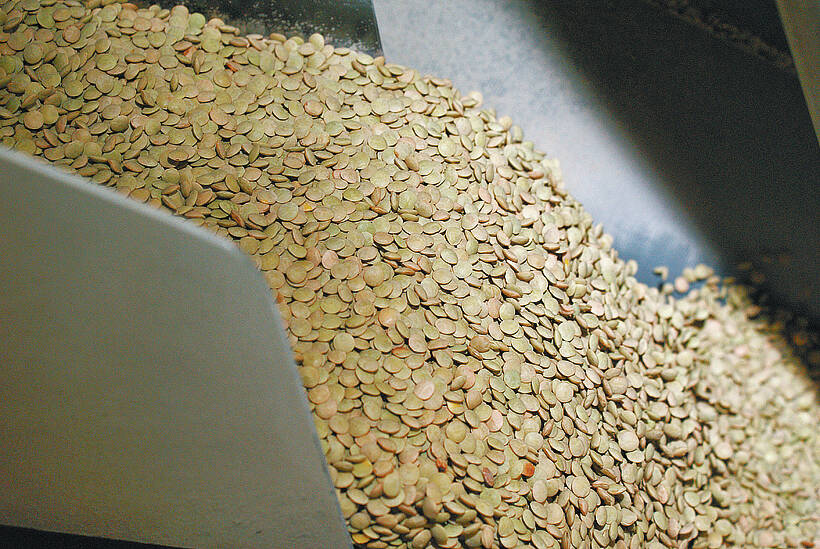Living in the land of the free
From time to time you hear the complaints.
“This is the only place in the world where a farmer faces this kind of regulation. This wouldn’t happen in the United States.”
The fields seem greener on the other side of the fence.
But a story in a recent edition of the U.S. farm weekly newspaper Agweek shows that even in “the land of the free,” farmers can face incomprehensible bureaucracy.
The story says many North Dakota farmers, like Canadian farmers, looked at wheat prices this year and decided to seed other crops.
Read Also

Green lentil market oversupplied
Farmers in Western Canada can expect price pressure on their new crop of green lentils, as the available supplies among the world’s major lentil-growing nations increase significantly.
Dan Pfeifle and others tried chickpeas, a drought-resistant legume with a promising market.
But they’ve run into problems with the 1996 federal farm bill that covers support programs to farmers, the so-called Freedom to Farm bill. It classifies chickpeas as vegetables, not legumes.
That surprised Pfeifle who, like most of us, associated vegetables with carrots and radishes.
The bill doesn’t allow farmers enrolled in the program to plant fruits and vegetables on their registered acres if they didn’t have a history of growing them in 1991-1995. The reason was to prevent those markets from being flooded with new growers looking for alternatives.
Pfeifle has several options, all of them bad.
He can use the fields for hay or grazing, and suffer the financial difference between harvesting the crop for human food and for livestock feed.
He can end the farm bill contract and hand over advance payments from this year and forfeit any more payments until the program ends in 2002.
Or he can pay a penalty in the range of $160-$212 (U.S.) per acre.
The story says Pfeifle is leaning toward the haying and grazing
option.
The agency that administers the farm bill says it is investigating 30 to 50 such situations in North Dakota this year.
Officials say there’s no way to get around it. Unless the law changes, most farmers won’t be seeding chickpeas.
U.S. farm bills always seem to discourage growers there from diversifying. From a Canadian viewpoint, that might be the one good thing about them. The laws kept U.S. farmers from turning to canola, pulses and other crops now so much a part of prairie production.
But where Freedom to Farm allows, American producers are adopting new crops.
We’ll have to keep on top of the game to retain our dominant position.














